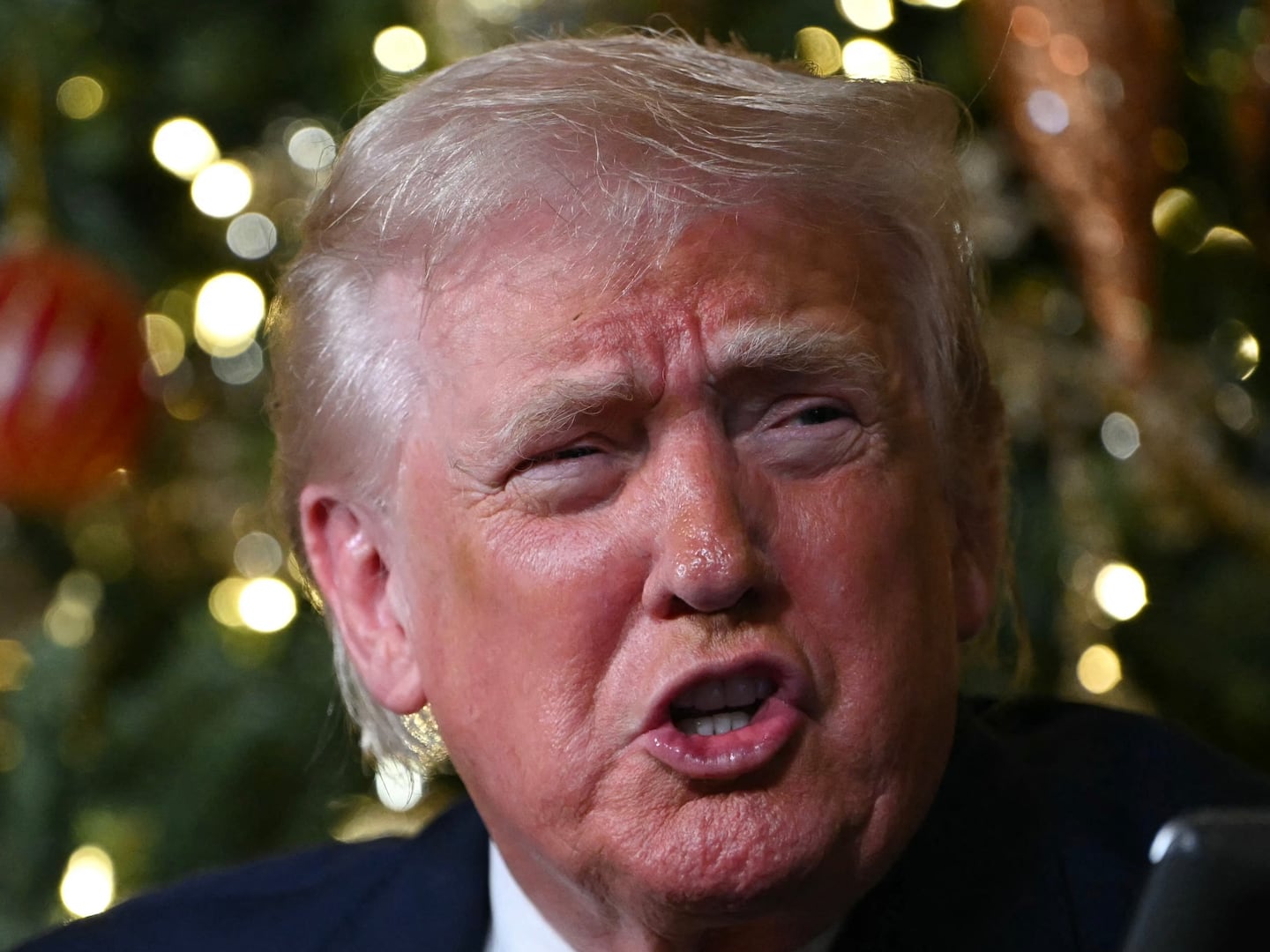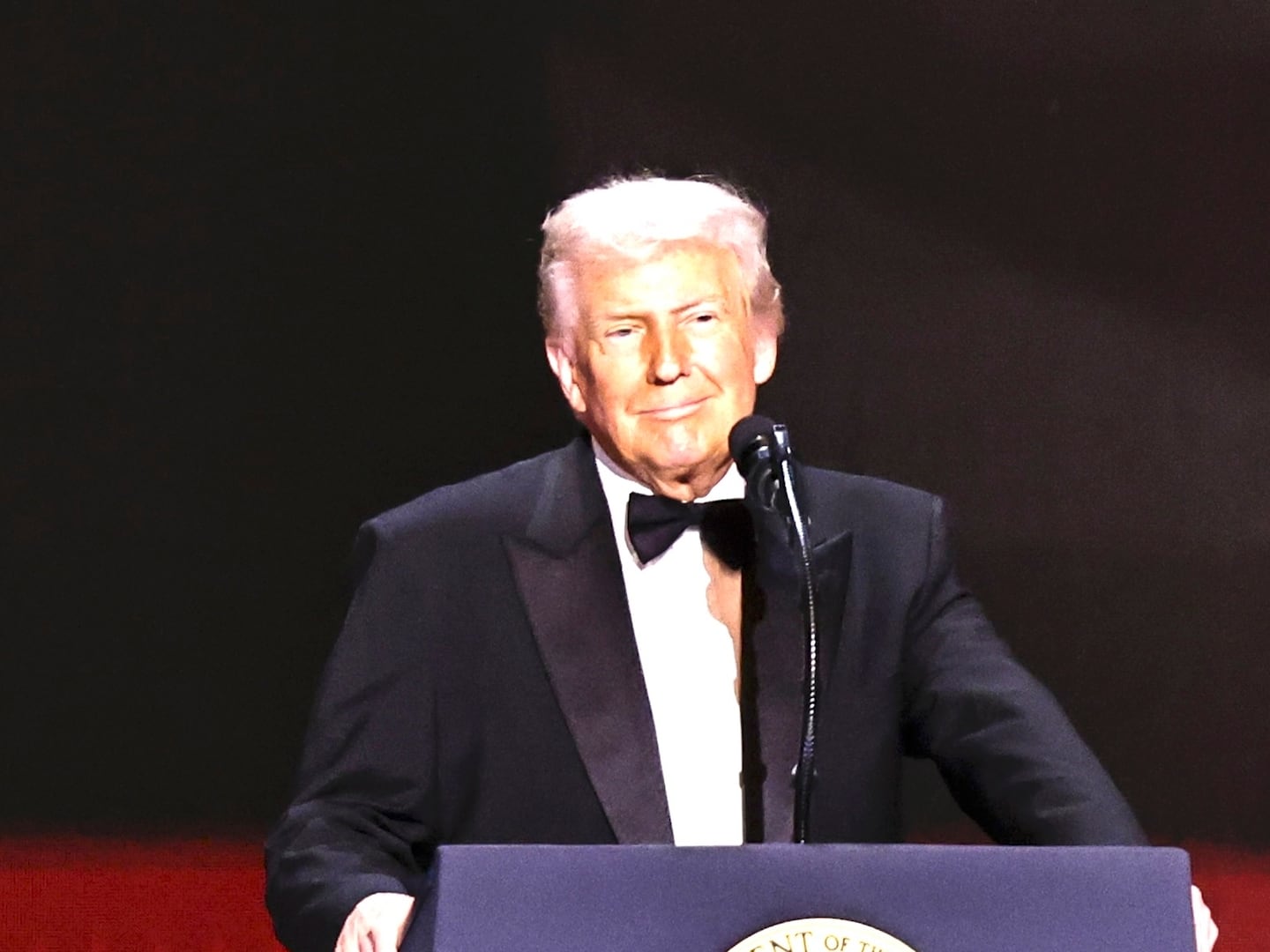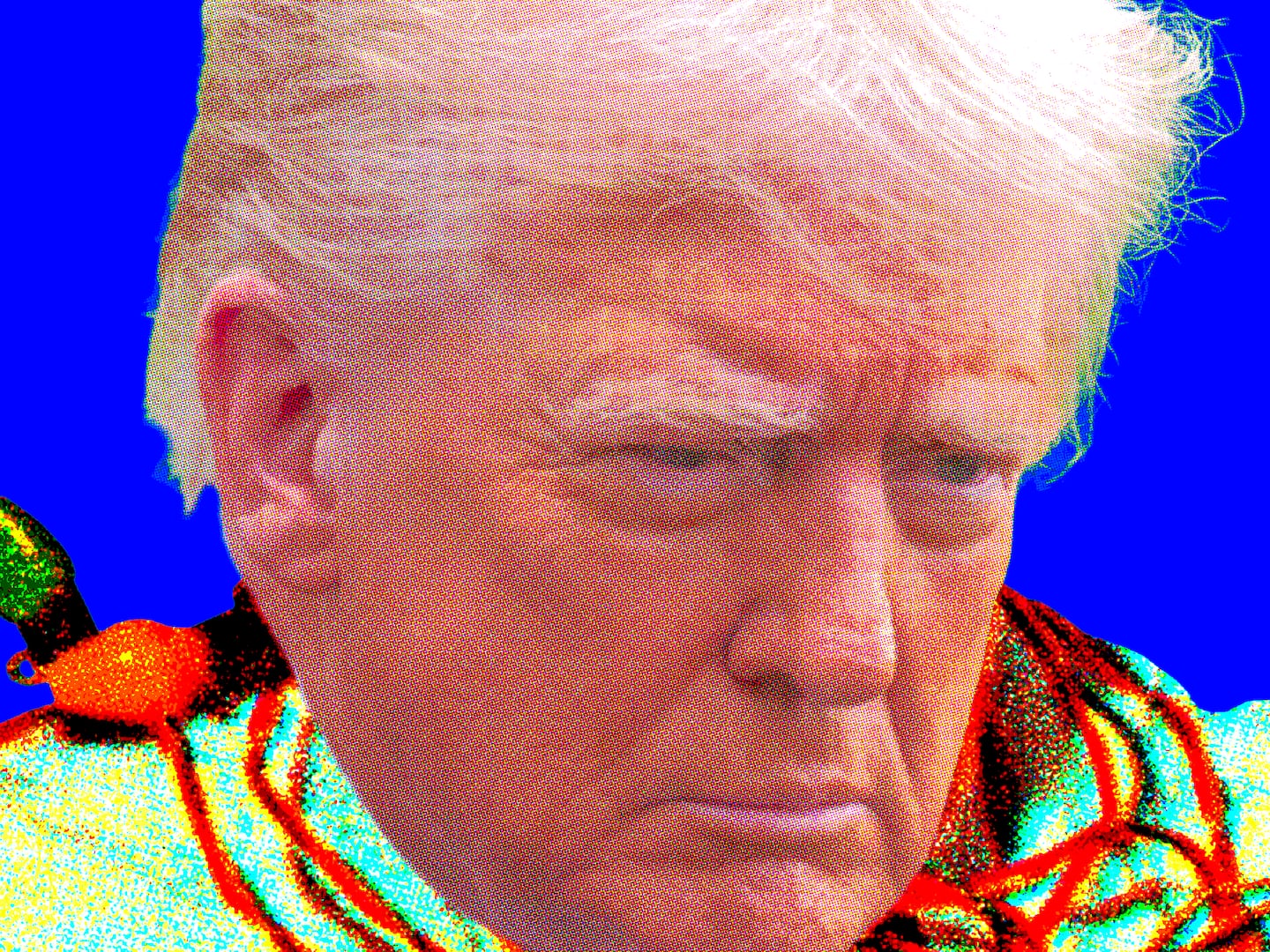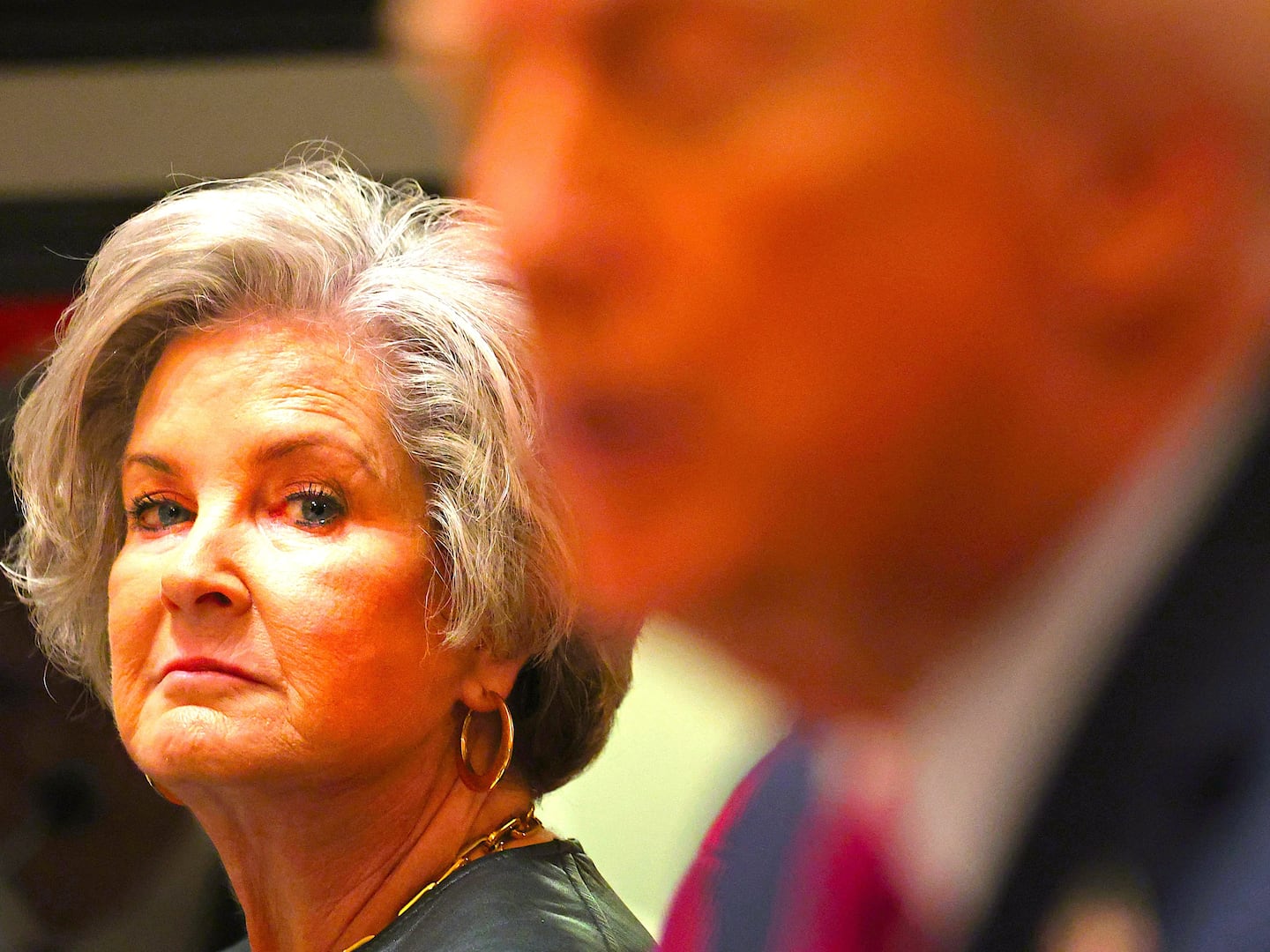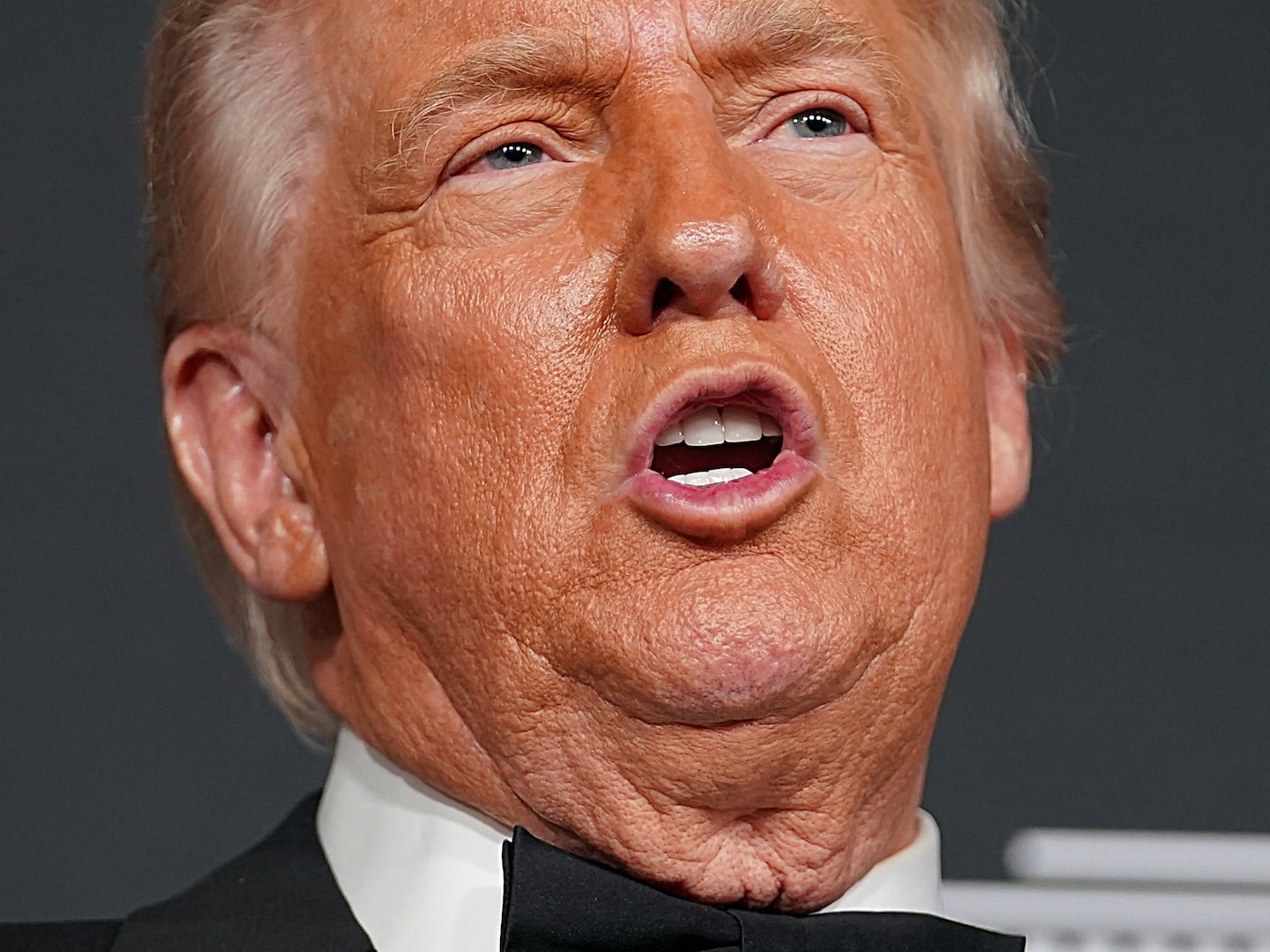You’ve probably seen this picture before. Maybe it was in The Washington Post,or the Guardian, or on Fox News, or here at The Daily Beast.
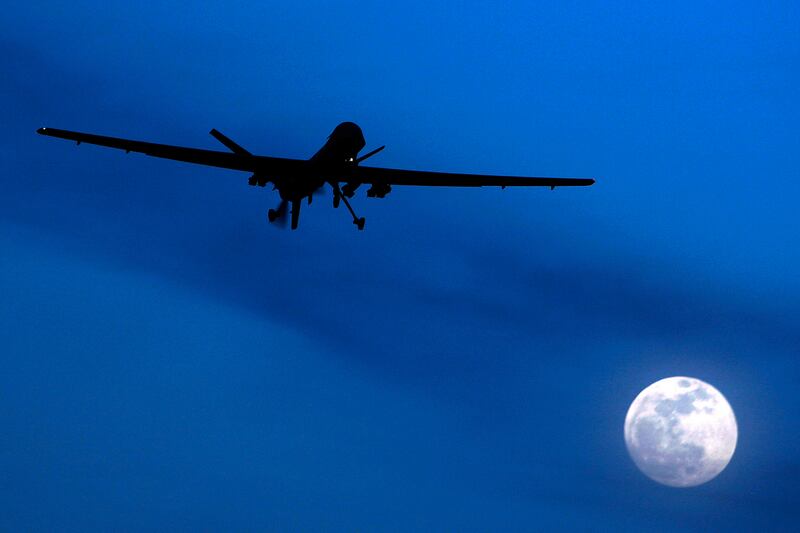
If you’ve been following the U.S. drone program at all over the last two years, chances are you’ve seen more than a few articles illustrated with an image of a Predator drone flying above a full moon, silhouetted against a darkening sky. The image is one of several that the Associated Press offers, but more than any other, it evokes some of the secrecy of the targeted killing operation. A photo of a drone landing in Kandahar on a sunny afternoon, or one taxiing on a runway in Corpus Christi, Texas, just doesn’t do most stories justice.
But its near-ubiquity came as a surprise to Kirsty Wigglesworth, the AP photographer who took the shot.
Wigglesworth is based in London, where she’s from, and normally covers athletes and royalty. But in 2010 her editor was looking for someone to do a month-long embed in Kandahar, and the usual conflict photographers weren’t able to go. She figured, Why not? She’d never been in a war zone before, but she says she had the attitude that if anything happens, “I’ll just act sensibly and look for nice pictures.”
The first thing that struck her was the size of the Kandahar base. “It was huge, like a city,” she says, speaking over the phone from London. There were cafes and basketball courts. A TGIFridays had just opened. The next thing that surprised her was the sunsets. “I’m used to gray skies and rain, but the light in Kandahar was beautiful,” she recalled, “blue skies, clear nights, and the sunsets were absolutely stunning.” Taking advantage of a lull between daily patrols and hoping to capture a jet landing at sunset, she asked a soldier to take her to the flightline near the airfield.
She didn’t have any luck. “Nothing came at sunset that really worked,” she says. “Sunset came at the wrong time. The planes were all in the other direction. Nothing was panning out how I pictured it in my head.” She was preparing to leave, but then a full moon rose and she decided to stick around for a bit. She was still looking for planes when the soldier she was with spotted the drone. “He seemed to think it was quite a rare sight,” said Wigglesworth. She snapped a few pictures with the moon in the background (out of focus, she points out), and decided it was time to return to base before the evening rocket attacks began.
On the ride back to base, the rocket siren went off and the soldier stopped the car. Wigglesworth hopped out and laid on the ground, her hands over her head, as she’d been trained to do. “People always ask if I was scared,” says Wigglesworth after I ask her. “Honestly, I’m more scared walking home alone from the tube stop here in London. I figured, if a rocket happened to land on me and kill me there’s nothing I could do to prevent that.” After a few minutes, the soldier gave the all-clear and they kept driving.
Back at the base, Wigglesworth sent the photos to her editor in London. She didn’t think much of them—the moon was blurred, it wasn’t sunset. She says she’s surprised that the photo is still making the rounds, but that she supposes drone photos aren’t too common. Her guide said he didn’t see them often, and it was the only one Wigglesworth saw during her month in Kandahar.
“They’re quite secretive things, and I suppose the fact that it’s got the moon gives you that spooky feel.”


